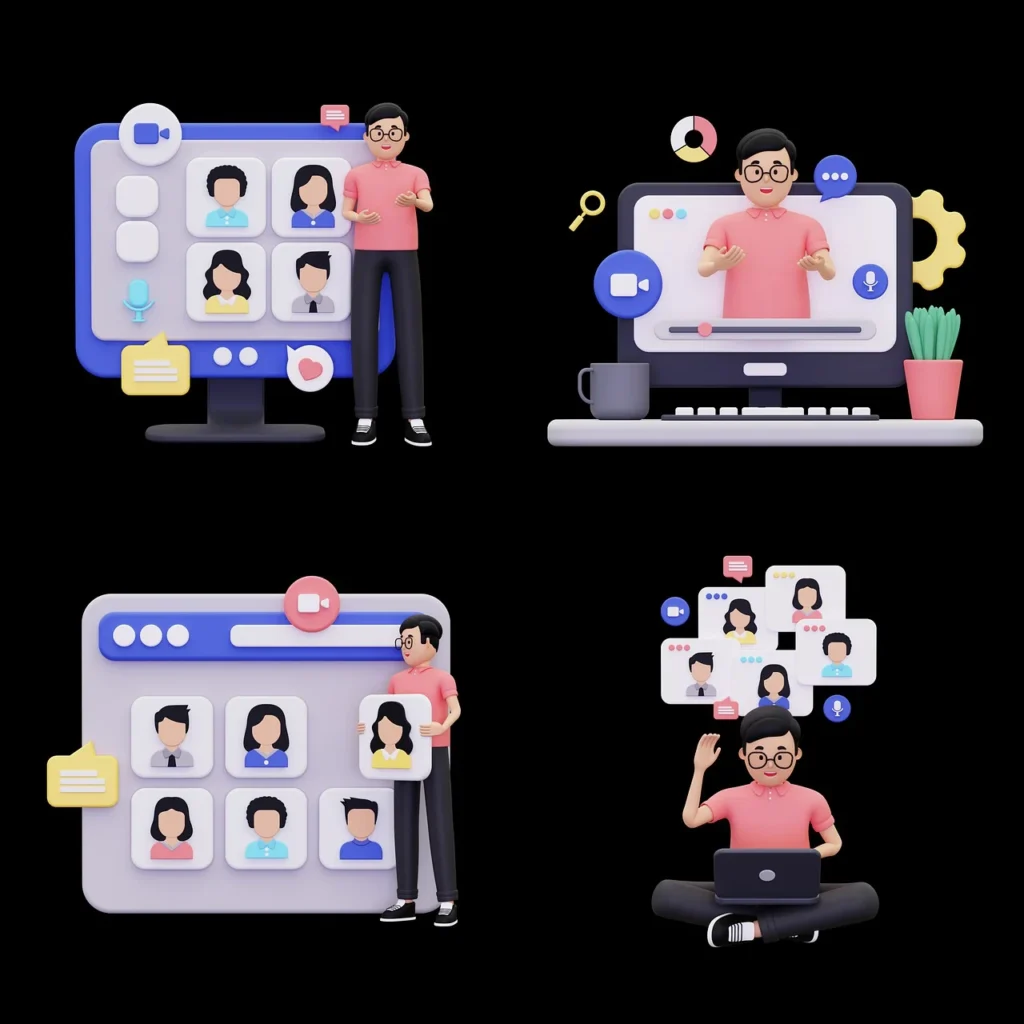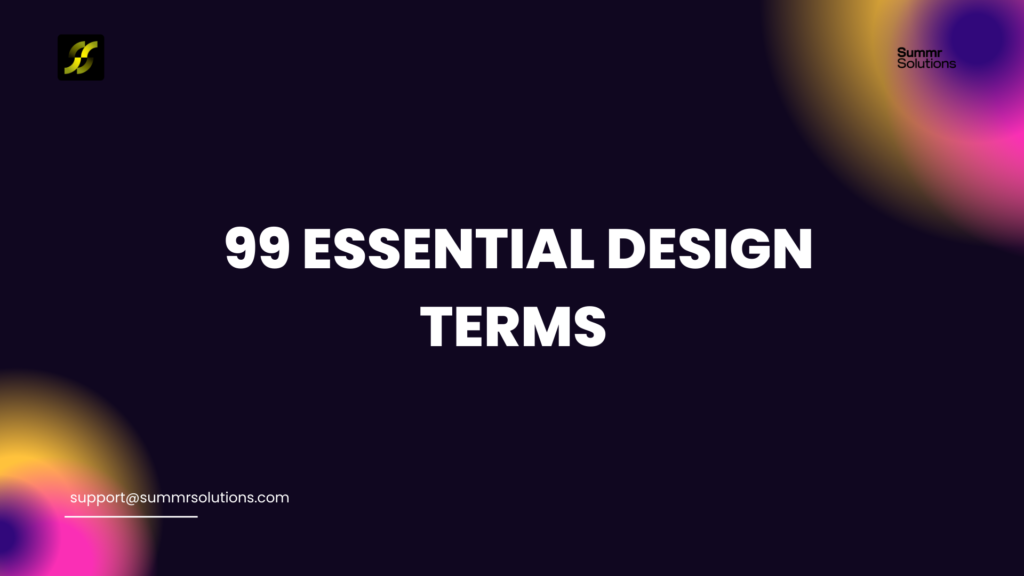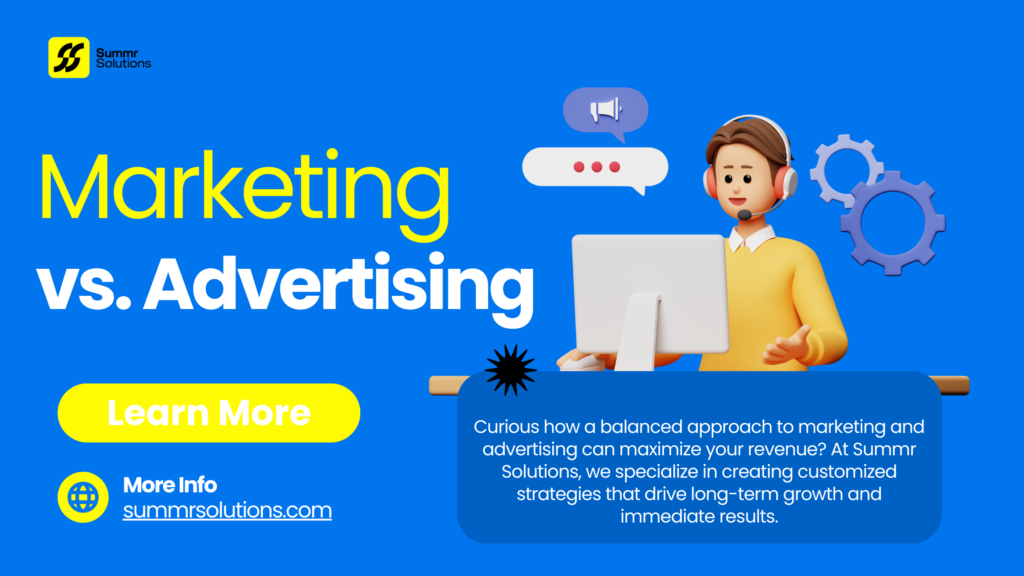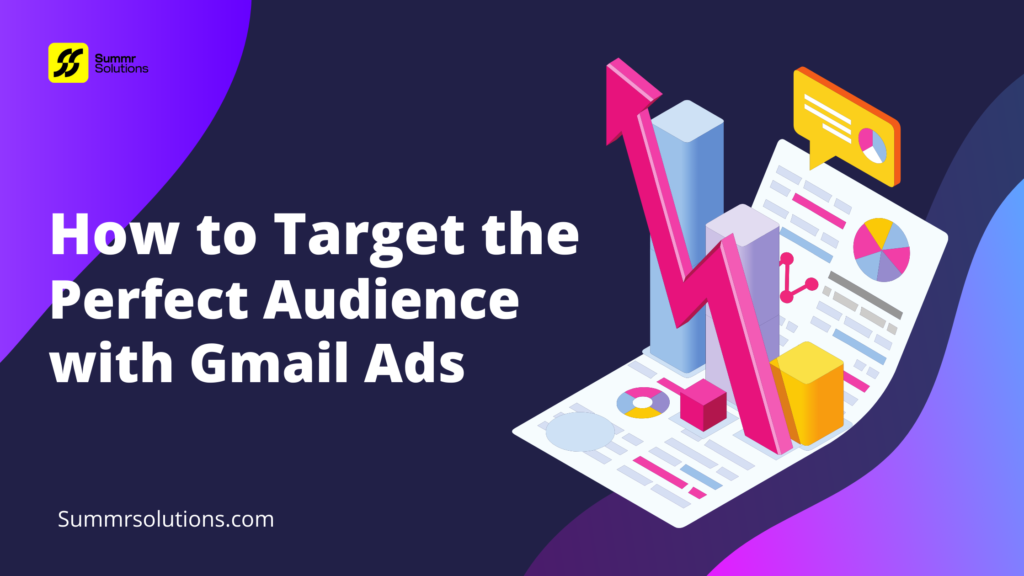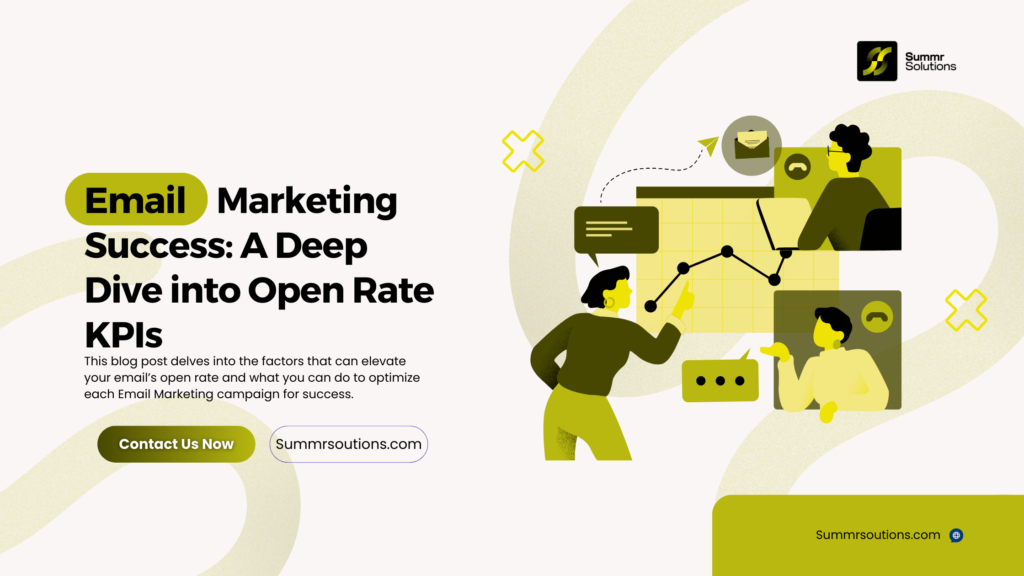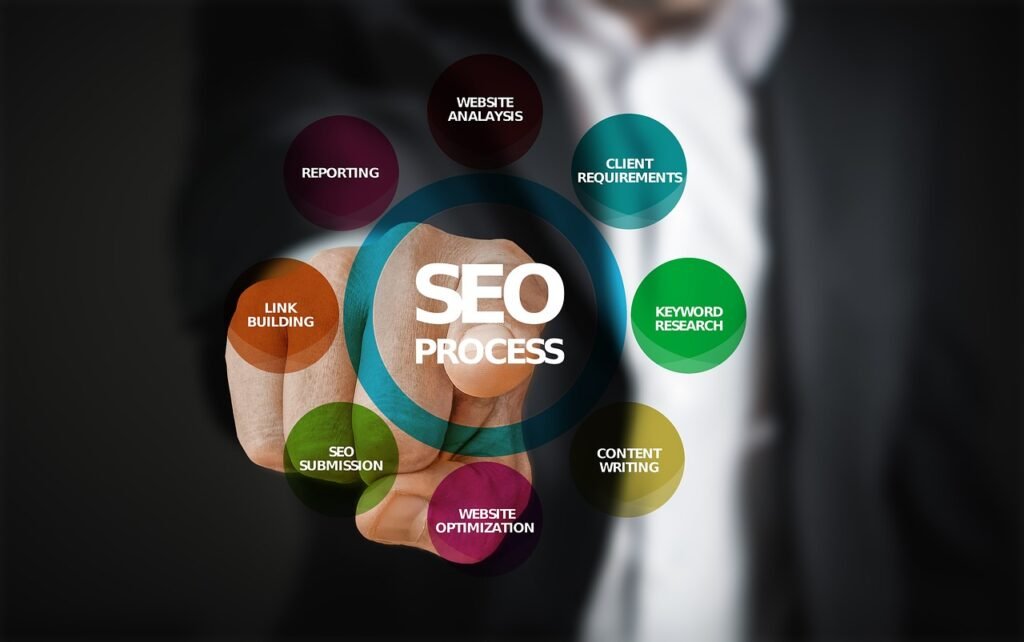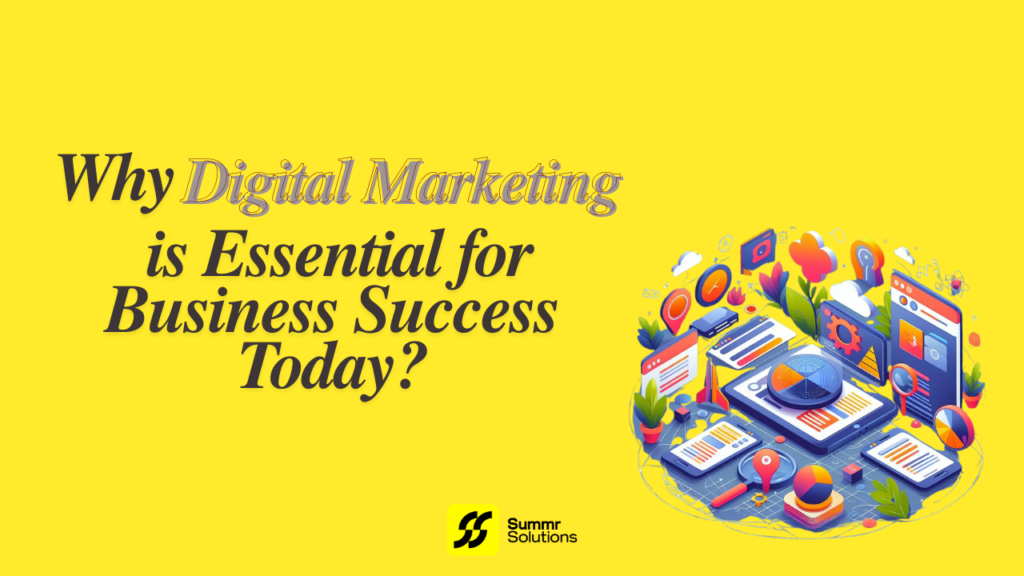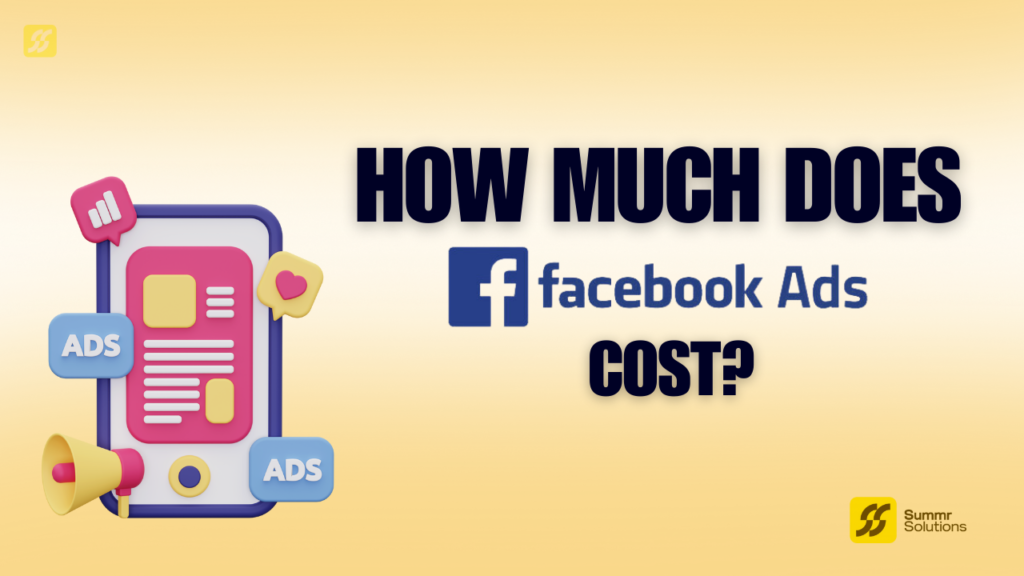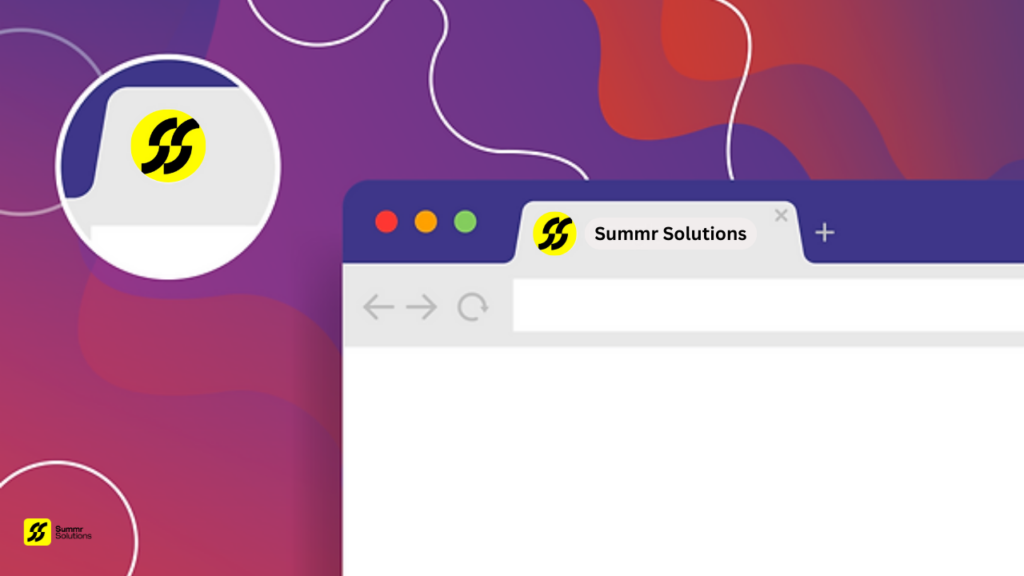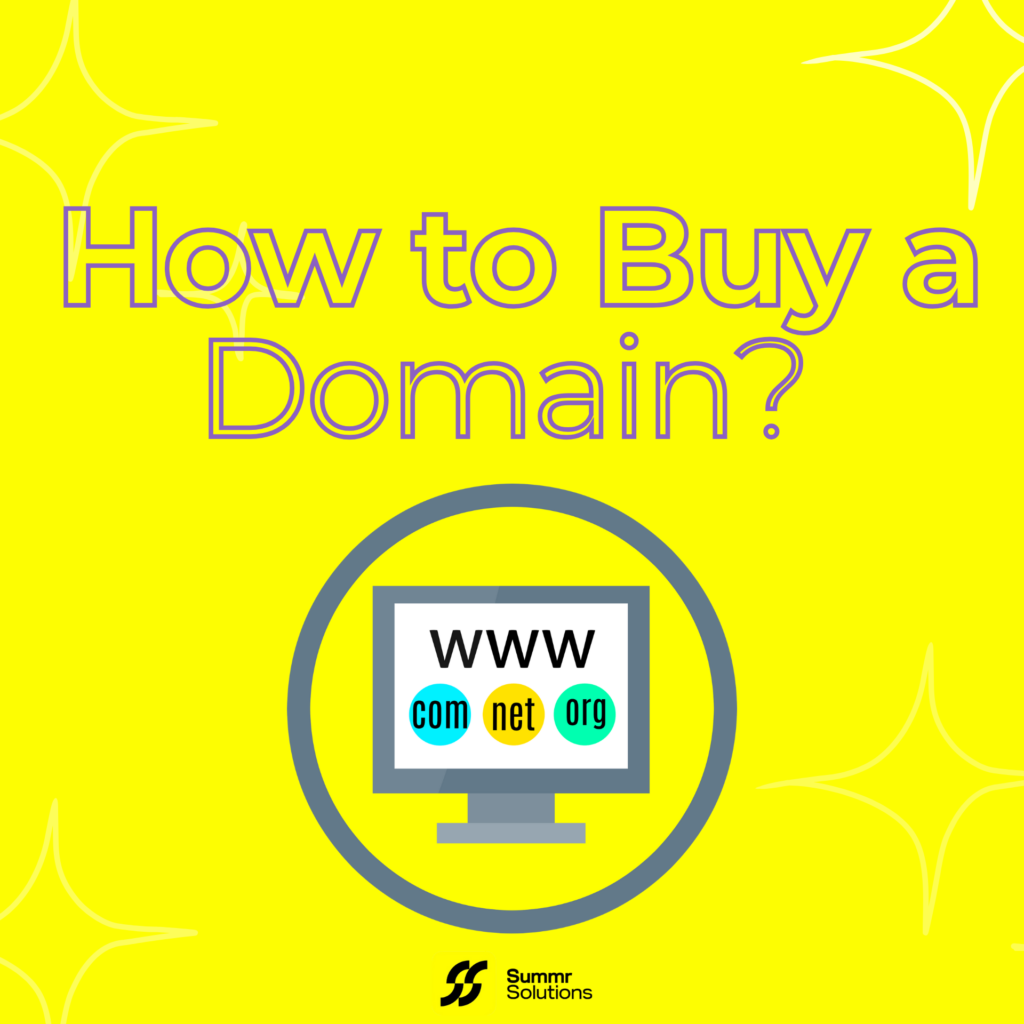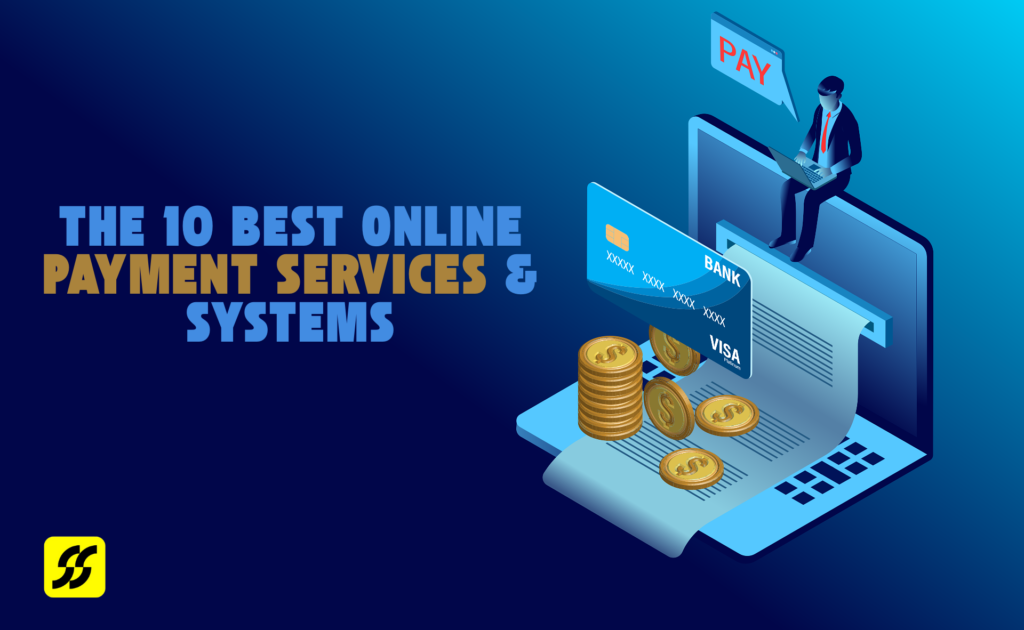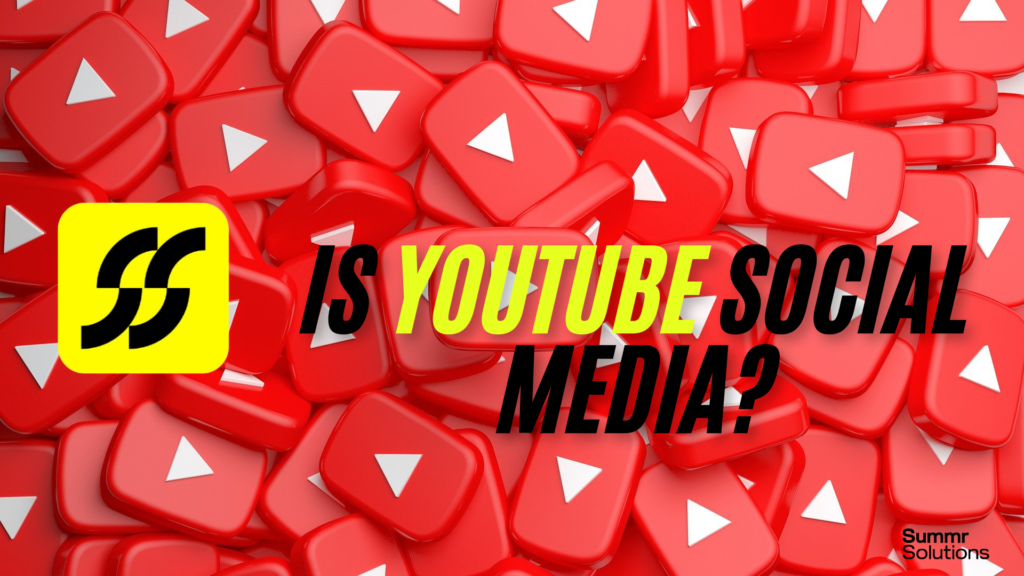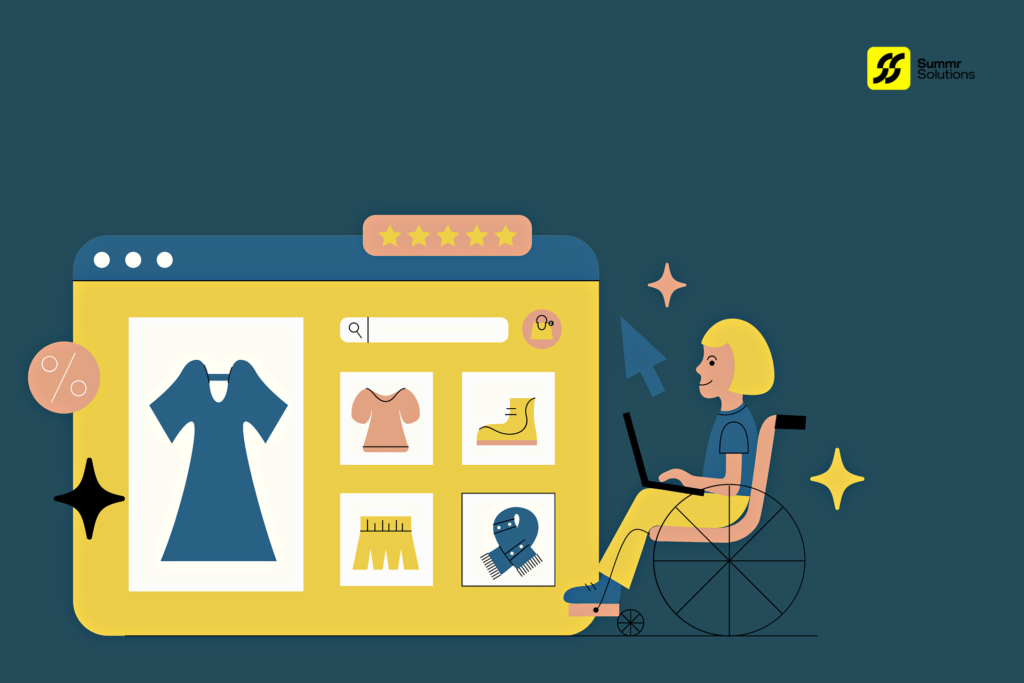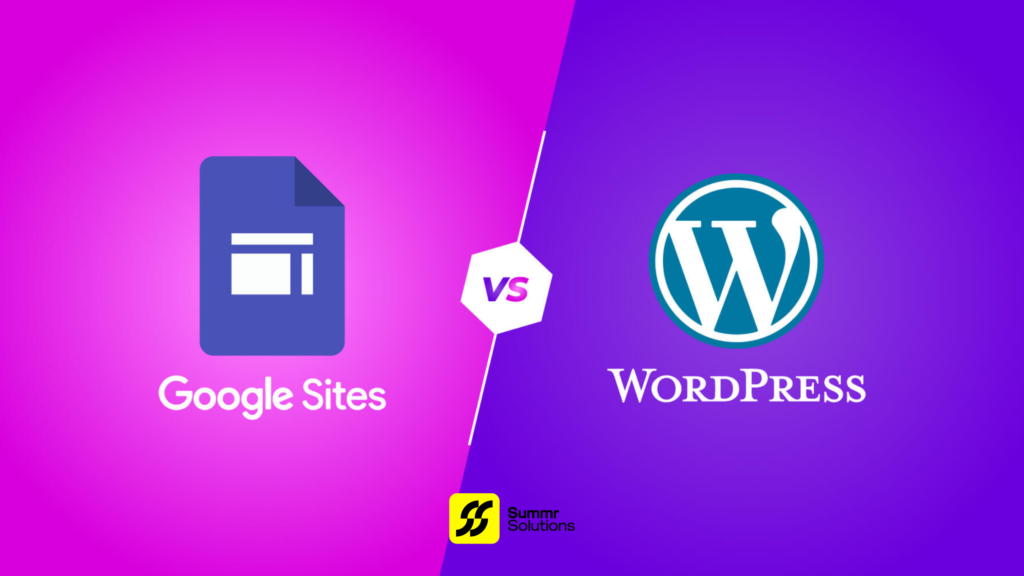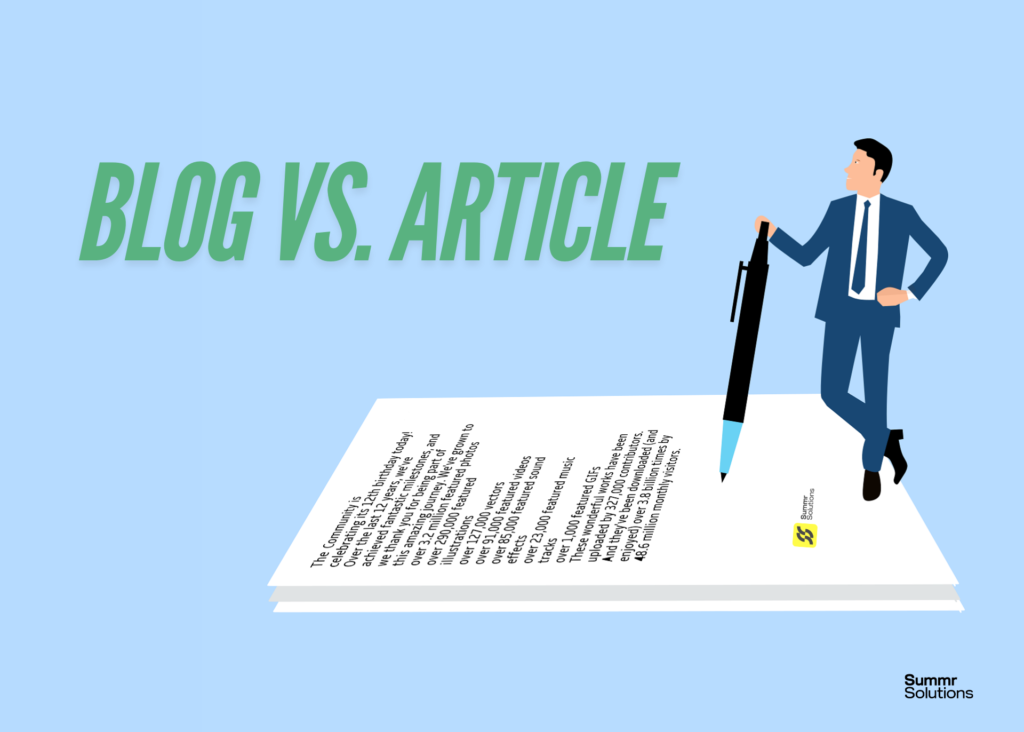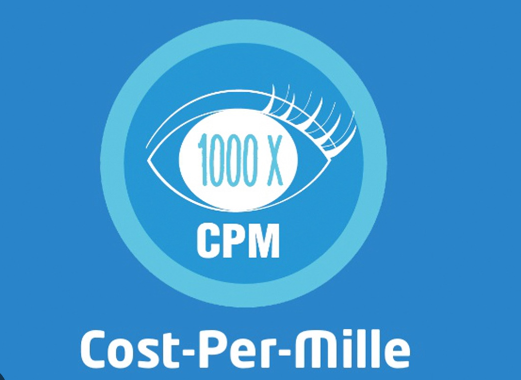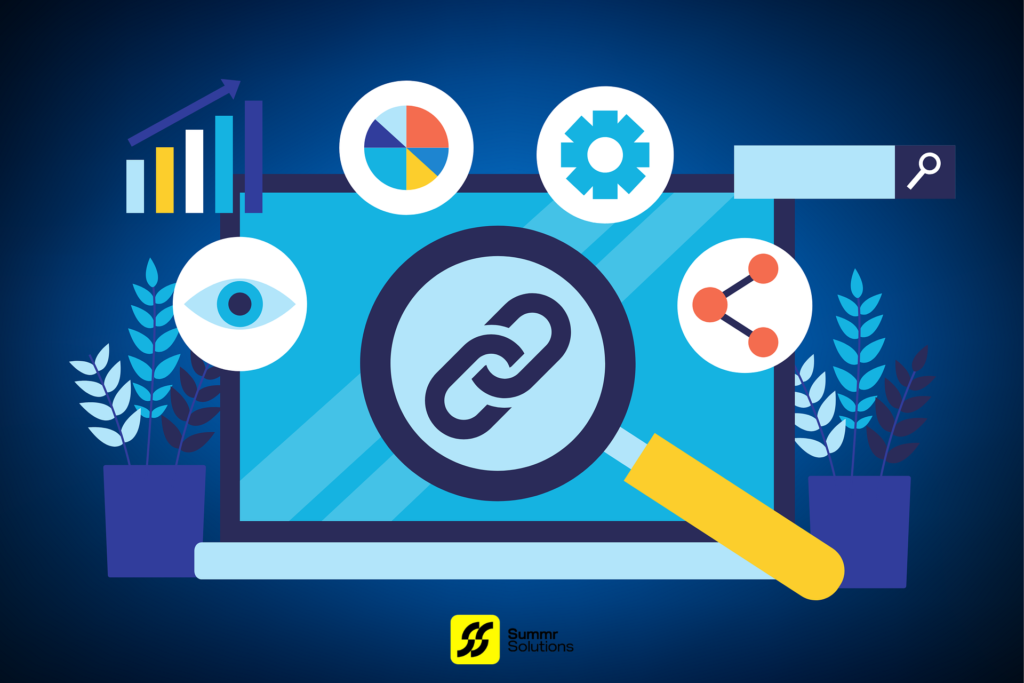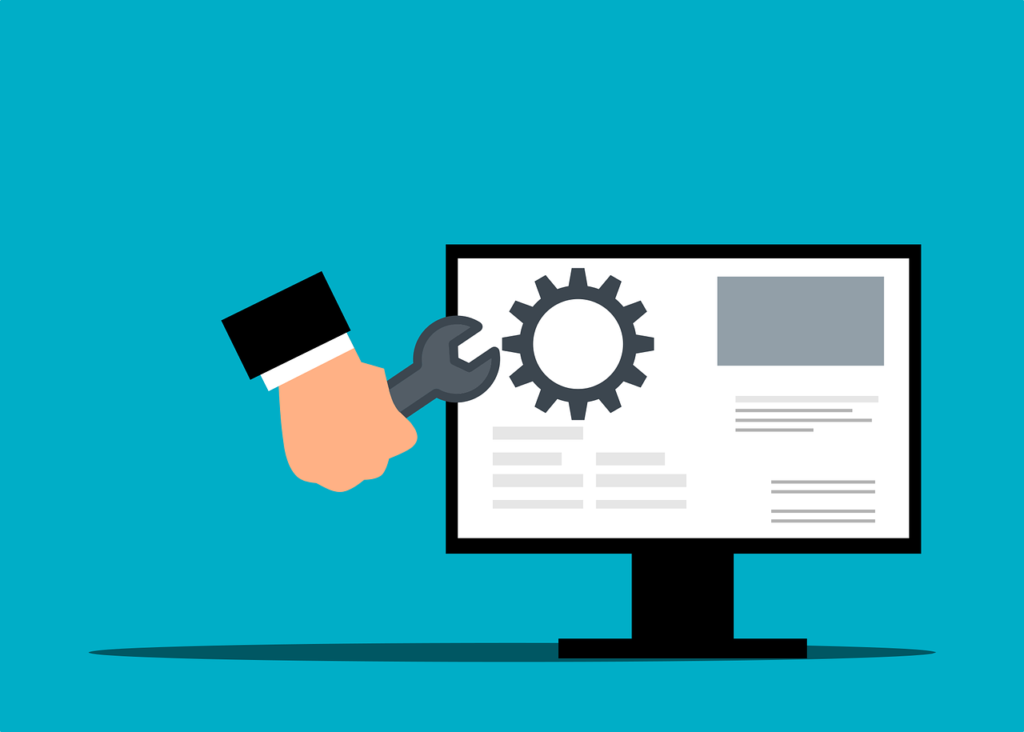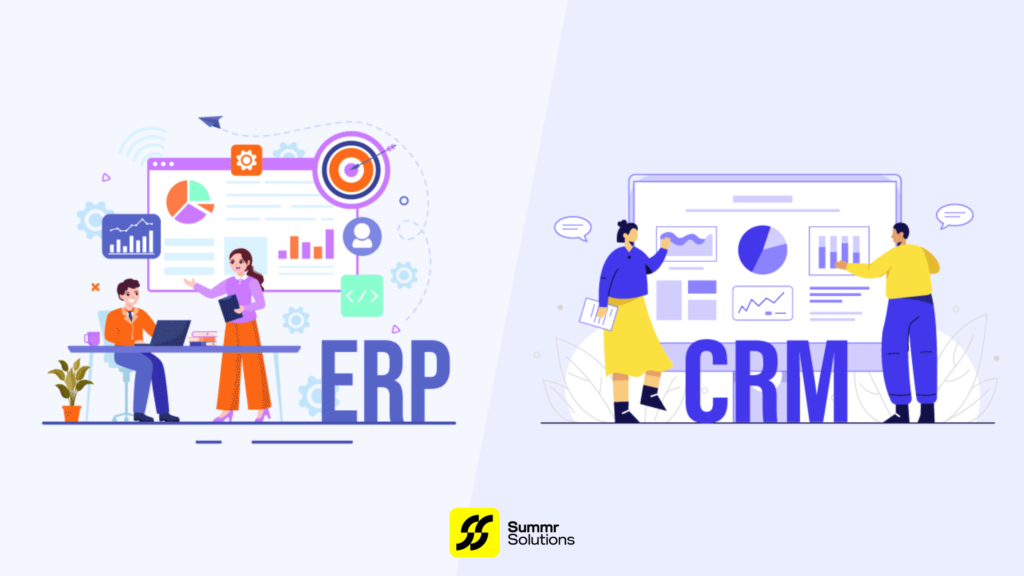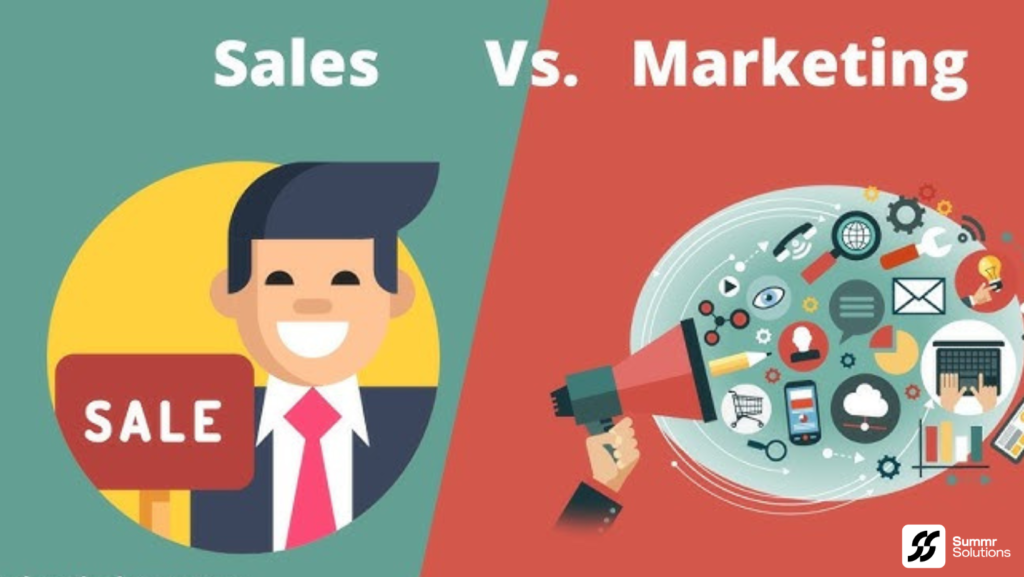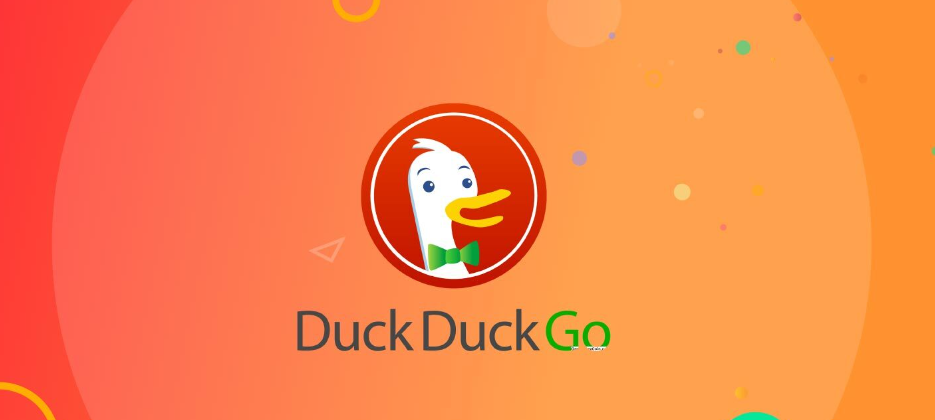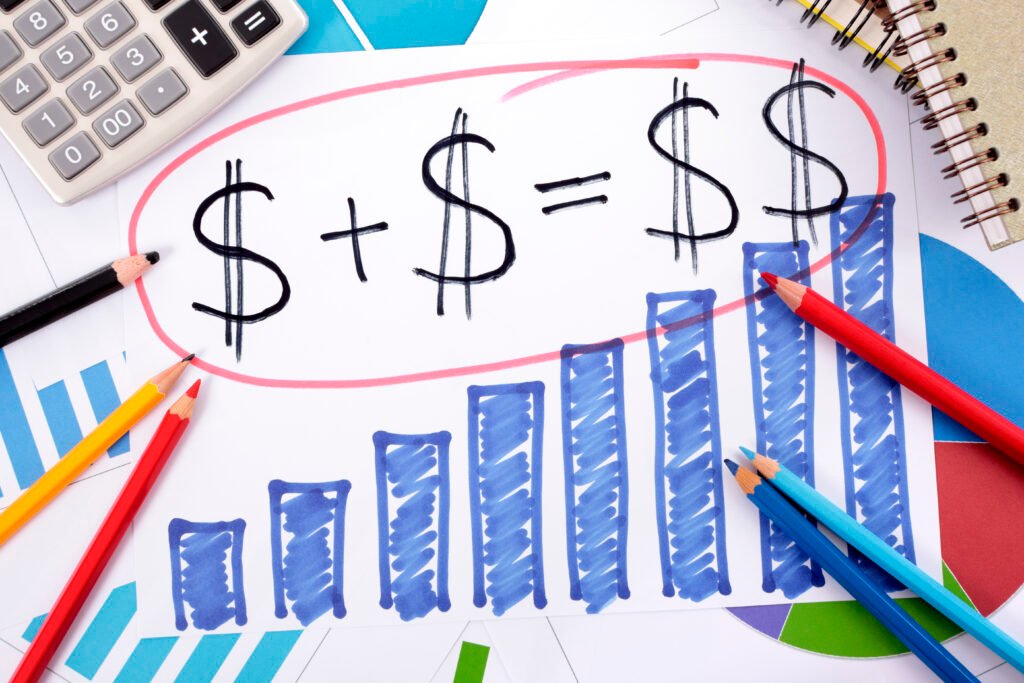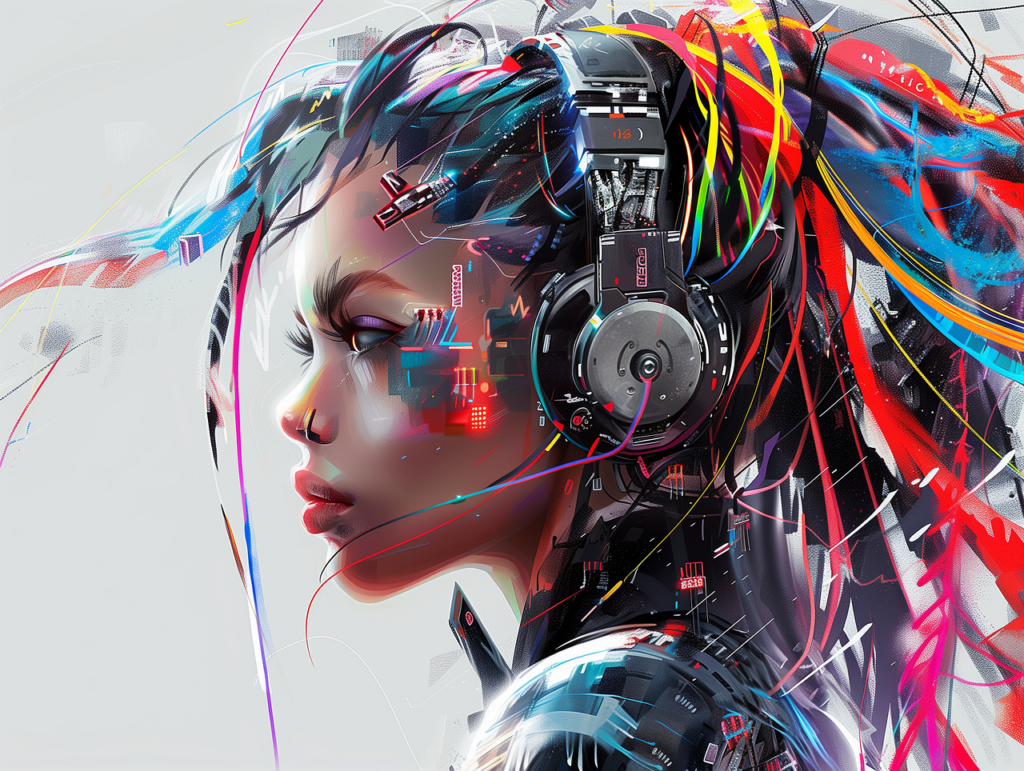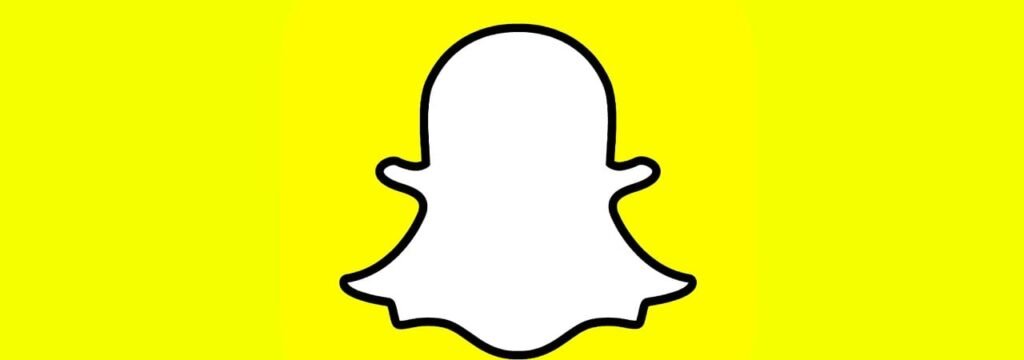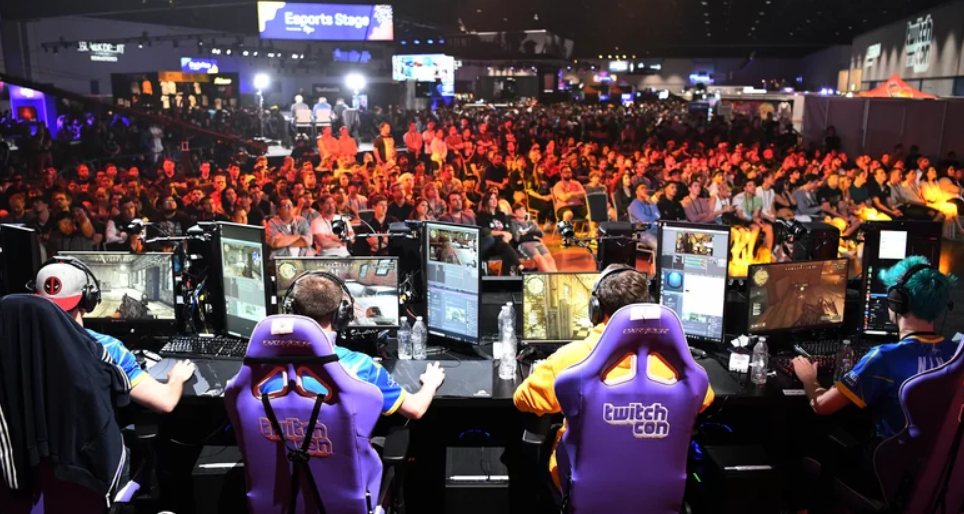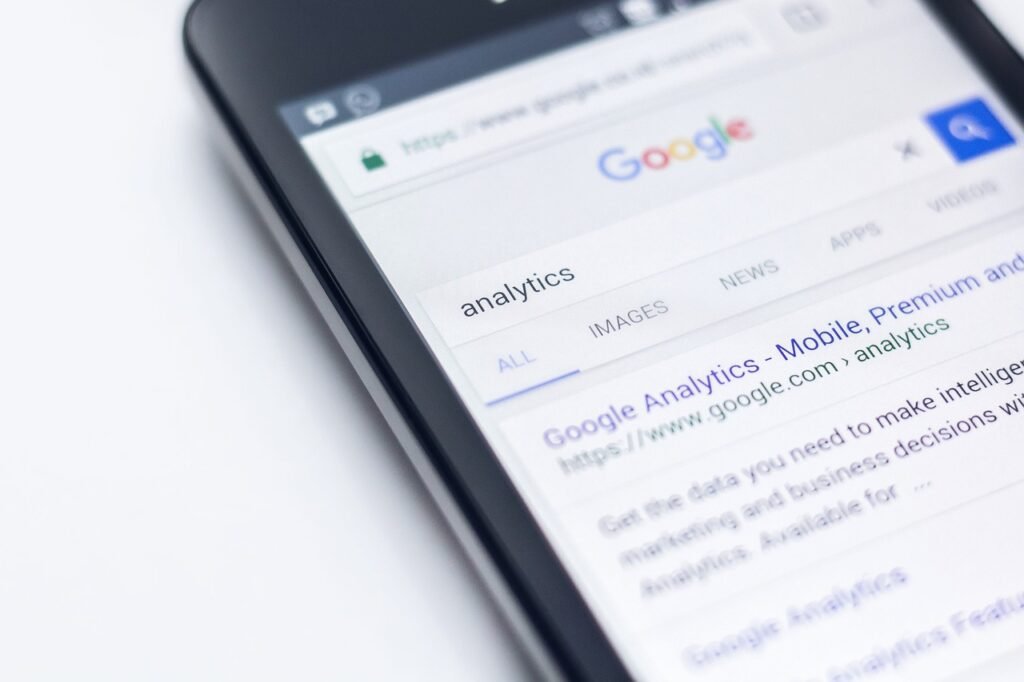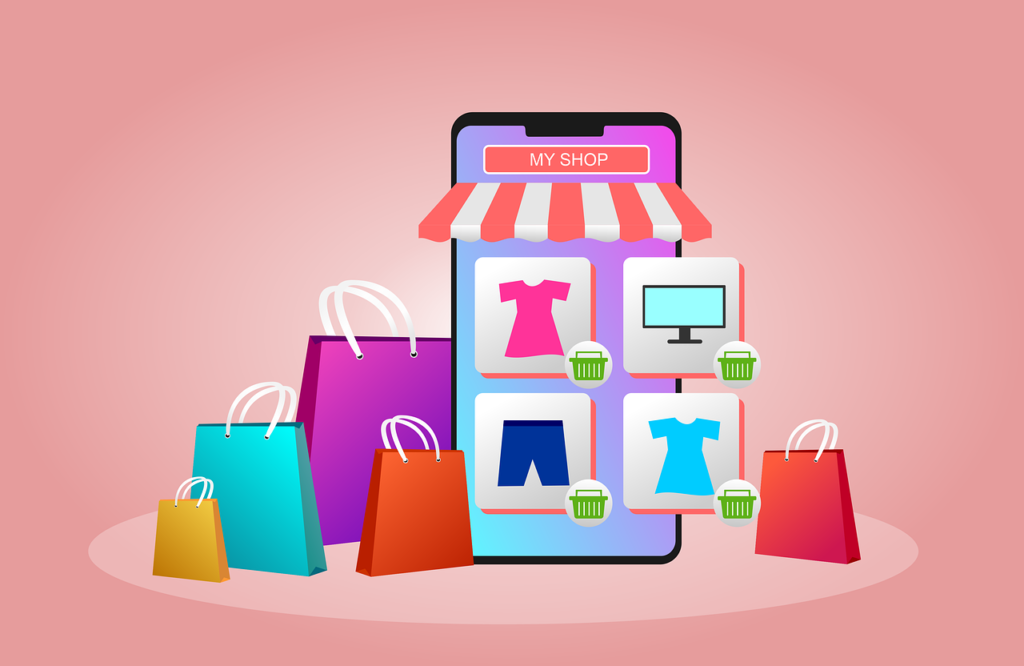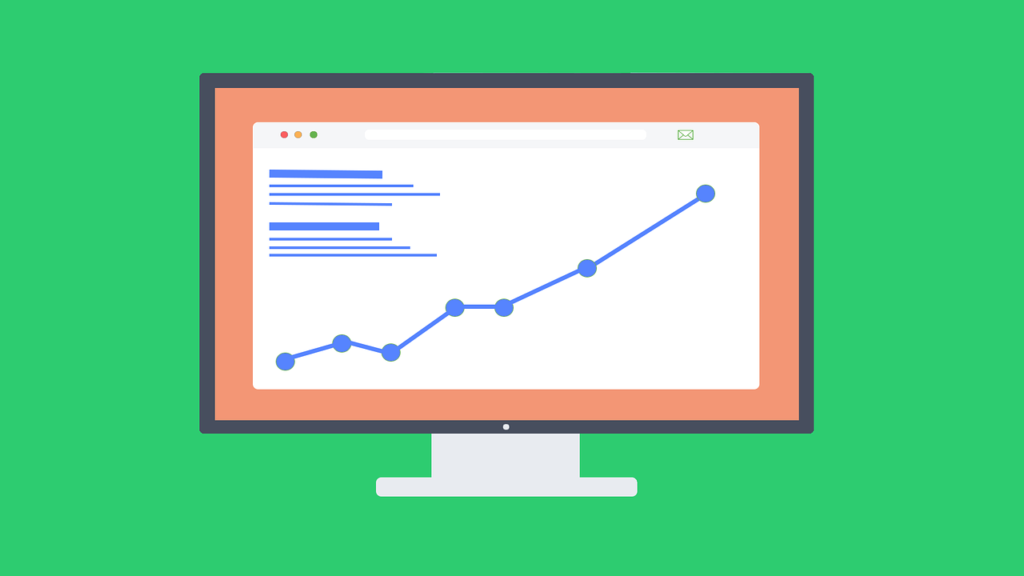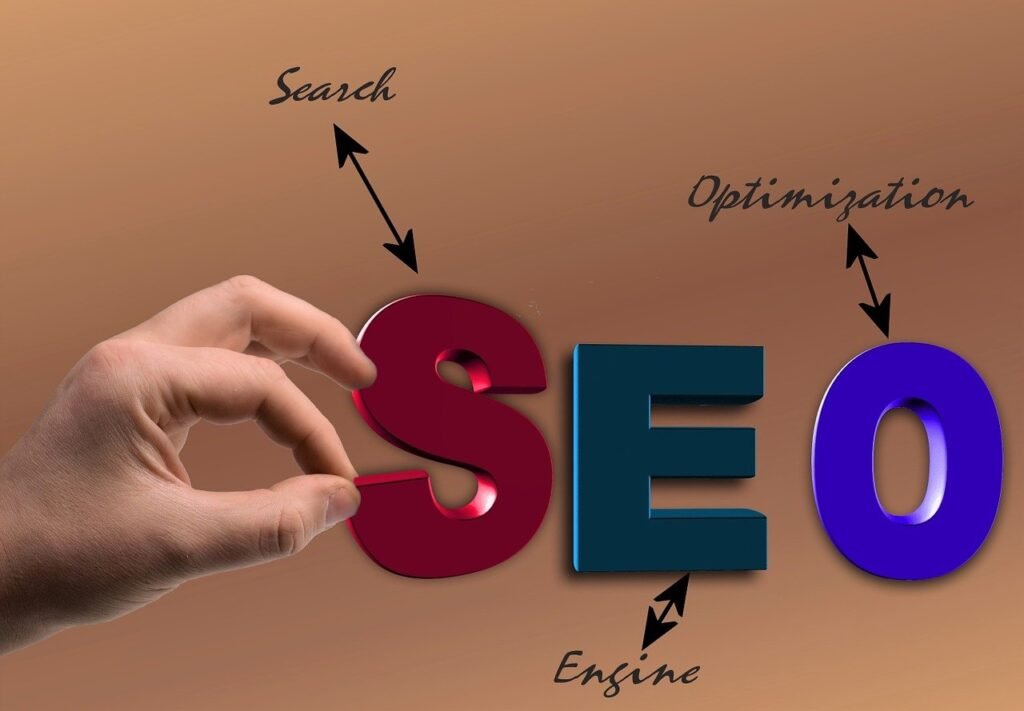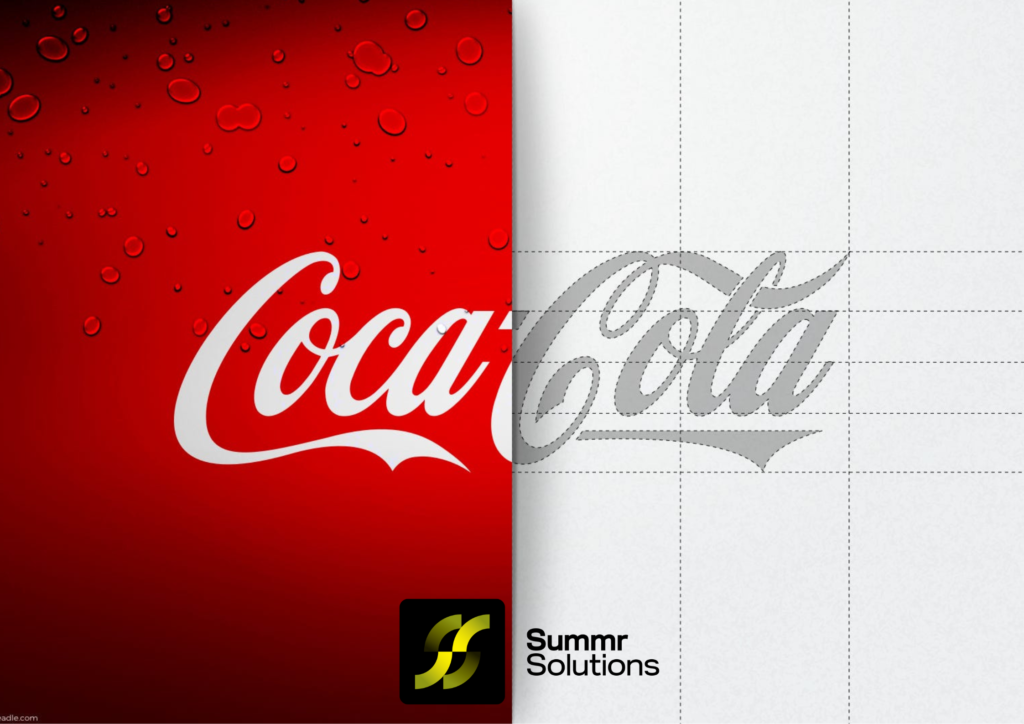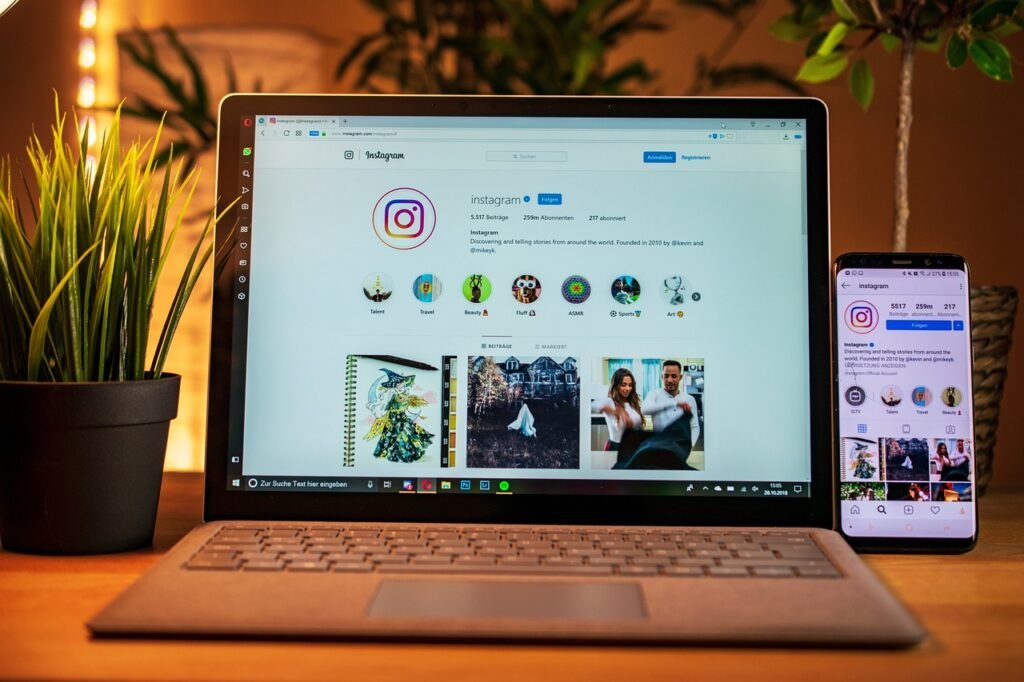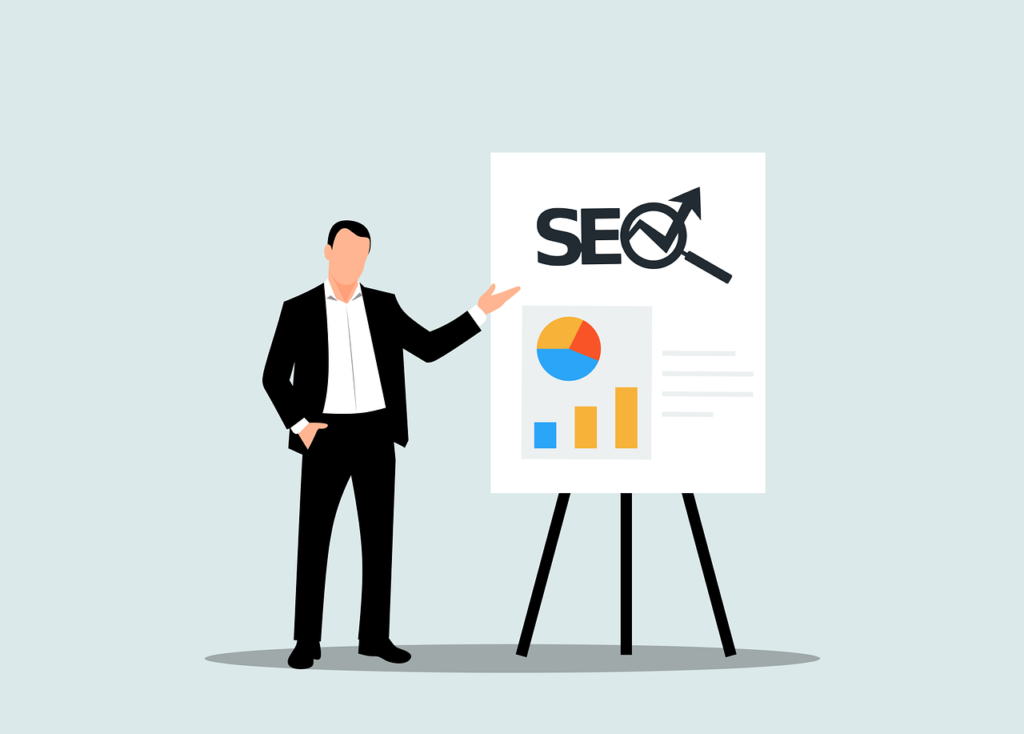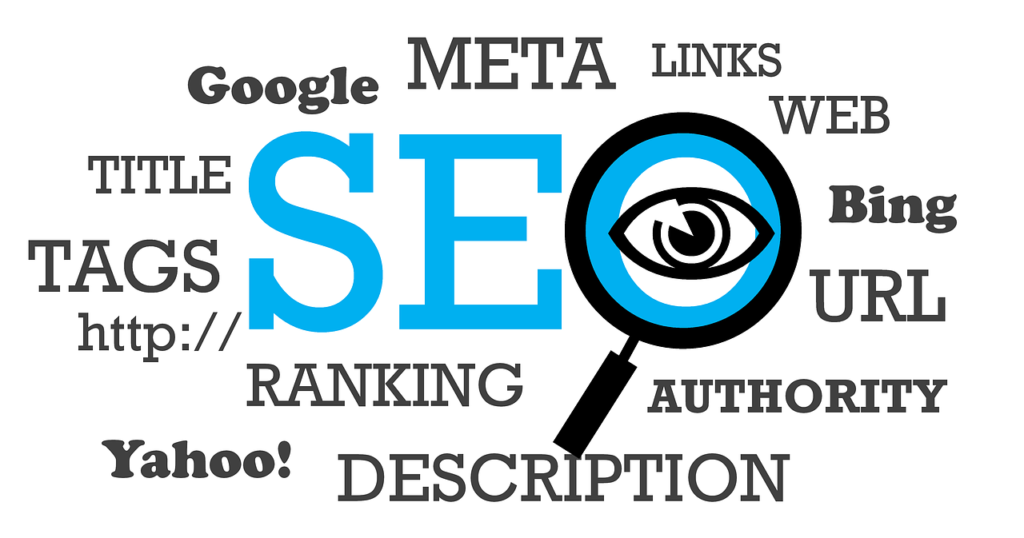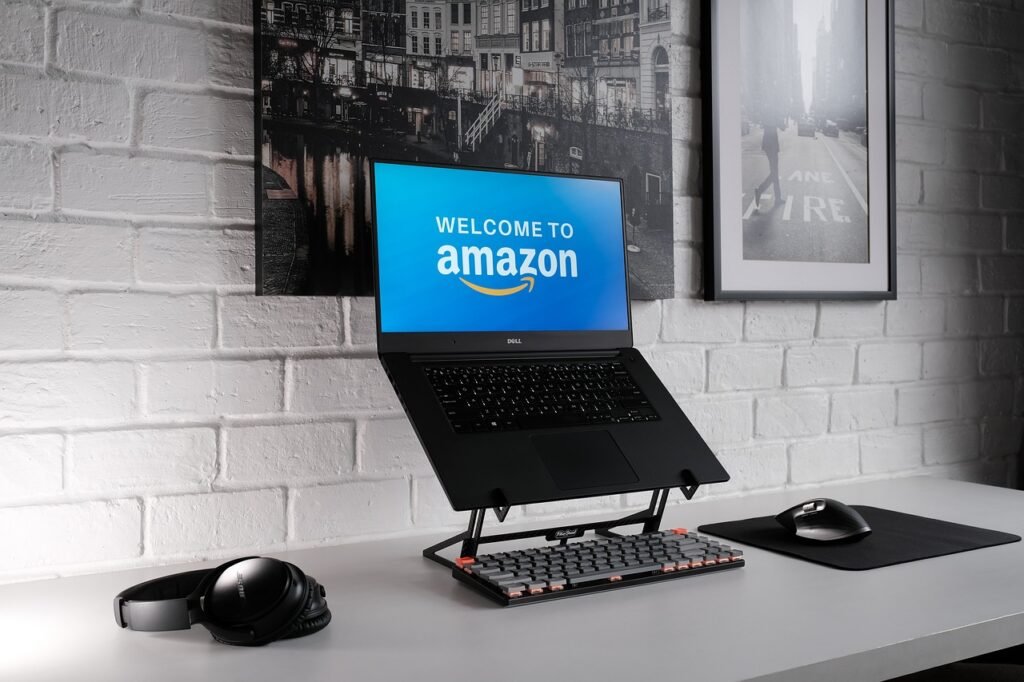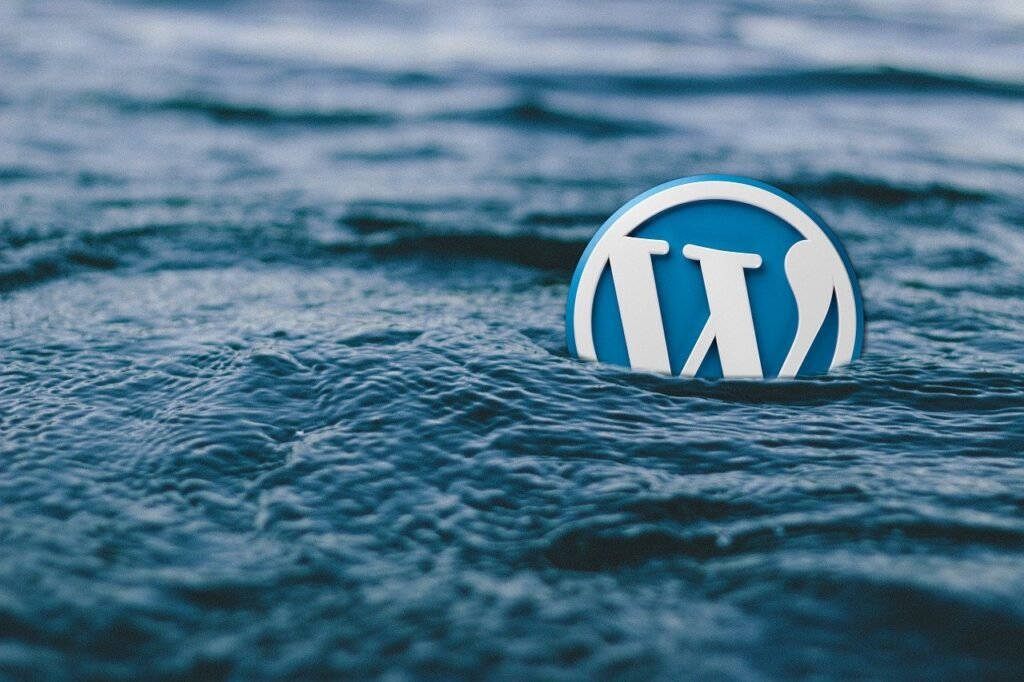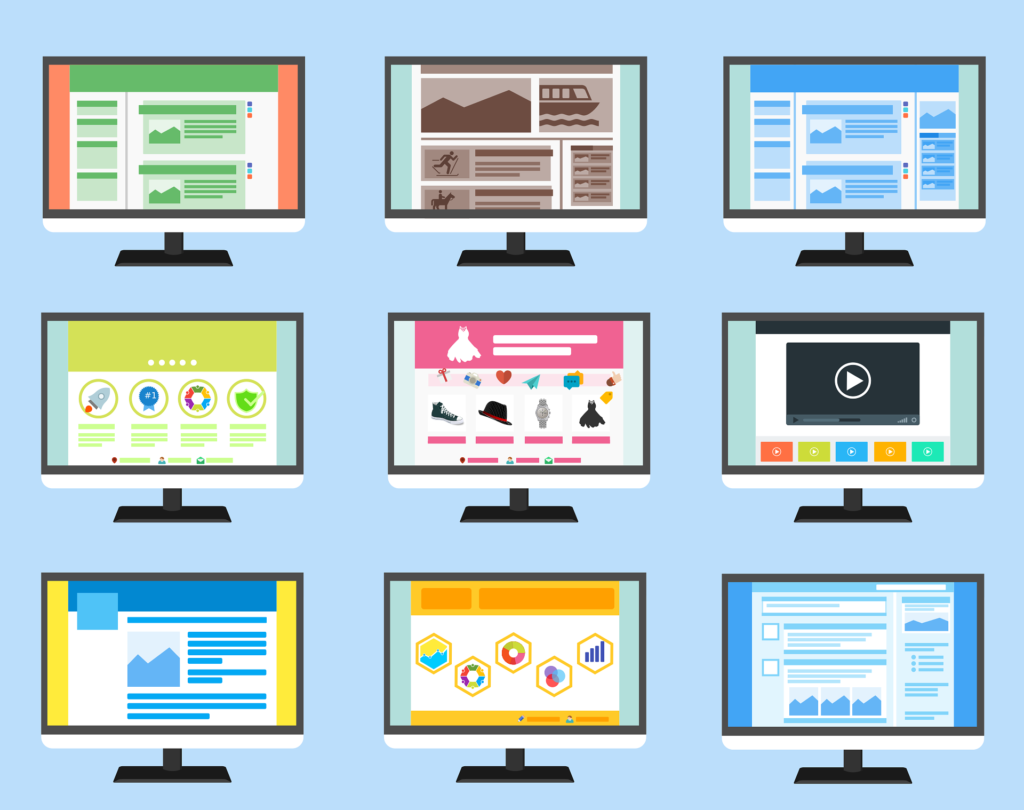The internet has transformed how artists showcase and sell their work, offering numerous platforms to reach a global audience. Whether you’re a seasoned professional or a new artist looking to monetize your creativity, selling art online can be a lucrative opportunity. In 2024, the landscape continues to evolve with new features, communities, and marketing tools tailored to artists. This blog post dives into the 13 best websites for selling art in , focusing on each platform’s unique offerings, pros, and potential drawbacks.
1. Etsy
Overview: Etsy has long been a favorite for artists and crafters looking to sell their creations. This platform caters to handmade, vintage, and custom-made goods, making it ideal for artists with unique or niche products.
Key Features:
- Global audience with over 90 million active buyers.
- Customizable storefronts.
- Built-in marketing tools like Etsy Ads and SEO.
Pros:
- Huge built-in customer base.
- Easy to set up.
- Strong community of buyers who appreciate handmade art.
Cons:
- High competition.
- Transaction and listing fees (5% transaction fee + 6.5% shipping fee + $0.20 per listing).
2. Saatchi Art
Overview: Saatchi Art is a popular online gallery that caters to original artworks from emerging artists. It allows artists to sell paintings, drawings, photography, and sculpture to a global audience.
Key Features:
- Personalized artist profiles.
- Free to join with a commission-based model (35%).
- The platform offers shipping services, including handling packaging.
Pros:
- Curated marketplace with a high focus on fine art.
- No listing fees.
- International exposure.
Cons:
- 35% commission may feel steep for some artists.
- Not as strong in marketing tools compared to other platforms.
3. Artfinder
Overview: Artfinder is another artist-centric platform focusing on original artwork, providing artists the ability to sell directly to buyers without a middleman. The platform emphasizes sustainability and is a certified B Corporation.
Key Features:
- Direct communication with buyers.
- The site provides sustainability ratings for artists.
- Artists can set their prices.
Pros:
- Ethical focus on sustainability.
- No upfront costs (commission-based model: 33%).
- High-quality marketplace, appealing to art collectors.
Cons:
- Strict application process for artists.
- Smaller audience compared to other sites.
4. Redbubble
Overview: Redbubble allows artists to upload their designs and sell them on a range of products such as prints, T-shirts, phone cases, and more. It’s perfect for digital artists who want to offer a variety of products.
Key Features:
- Free to join.
- Offers a wide variety of product types.
- Artists set their own markup on products.
Pros:
- Zero upfront costs.
- Passive income once your designs are uploaded.
- Large customer base with millions of shoppers annually.
Cons:
- Margins can be slim since Redbubble controls base pricing.
- Not ideal for selling original artwork.
5. Fine Art America
Overview: Fine Art America is one of the largest art marketplaces, offering artists the ability to sell prints, originals, and other merchandise. The platform provides an extensive selection of print-on-demand services.
Key Features:
- Artists can sell both physical products and digital downloads.
- Comprehensive print-on-demand service.
- Free to join, with premium accounts available.
Pros:
- Artists keep 100% of the markup they set on their products.
- Global distribution network.
- Marketing tools available, including a website for premium users.
Cons:
- Free accounts have limitations (e.g., only 25 images can be uploaded).
- Premium accounts cost $30 per year.
6. Zazzle
Overview: Zazzle operates similarly to Redbubble, allowing artists to upload their designs and have them sold on products. This platform specializes in custom and personalized products.
Key Features:
- Artists can upload designs for free.
- Users can customize products before purchasing.
- Huge product variety (e.g., home decor, stationery, apparel).
Pros:
- No upfront costs.
- Access to a massive customer base.
- High product variety means more potential sales.
Cons:
- Artists have less control over the product pricing.
- Lower artist commissions compared to other print-on-demand platforms.
7. UGallery
Overview: UGallery is a highly curated online gallery focusing on fine art from up-and-coming artists. It is selective about the artists it accepts, giving it an air of exclusivity.
Key Features:
- Artists are accepted based on a portfolio review.
- The platform handles shipping logistics.
- UGallery provides marketing support for its artists.
Pros:
- Curated and exclusive marketplace.
- The platform takes care of shipping.
- Higher prices for artwork due to exclusivity.
Cons:
- 50% commission.
- Only open to original artwork (no prints).
8. Minted
Overview: Minted is a design marketplace that allows artists to submit their designs to be sold on various products. It’s particularly well-known for stationery, greeting cards, and home decor items.
Key Features:
- Artists can submit designs to competitions.
- Offers an extensive range of customizable products.
- Royalty-based payment structure.
Pros:
- Great for graphic designers and digital artists.
- Passive income from royalties.
- Opportunity to collaborate with major brands.
Cons:
- Highly competitive design challenges.
- Royalties may be lower than direct sales platforms.
9. DeviantArt
Overview: DeviantArt is one of the largest online art communities and has introduced DeviantArt Prints to allow users to sell their work. This platform is ideal for both digital and traditional artists.
Key Features:
- Free to join.
- Access to a massive community of artists and art lovers.
- Artists can sell prints and original work.
Pros:
- Huge online art community.
- Active forum for networking.
- Artists retain full control of their copyrights.
Cons:
- More of a community than a sales platform.
- Selling features are less robust compared to dedicated e-commerce platforms.
10. Shopify
Overview: Shopify isn’t an art marketplace but a dedicated e-commerce platform that lets artists create their own online store. It provides flexibility for artists who want full control over their branding and pricing.
Key Features:
- Full control over your store design and user experience.
- Integration with various print-on-demand services.
- Extensive marketing and analytics tools.
Pros:
- Complete ownership of your store.
- No commission on sales (only a monthly fee starting at $39).
- Customizable, making it ideal for building a brand.
Cons:
- Requires more work to set up and maintain.
- Monthly fees.
11. Big Cartel
Overview: Big Cartel is an e-commerce platform designed for artists and makers. It allows you to create an online store to sell your art without the complexity of larger platforms like Shopify.
Key Features:
- Simple and easy-to-use interface.
- Free plan available for up to 5 products.
- Customizable storefront.
Pros:
- No listing fees.
- Affordable pricing (plans start at $9.99/month).
- Great for small businesses and indie artists.
Cons:
- Limited customization compared to Shopify.
- Only suitable for smaller inventories.
12. ArtStation
Overview: ArtStation is primarily a portfolio platform for digital artists, concept artists, and illustrators. It also offers a marketplace where artists can sell prints, tutorials, and digital assets.
Key Features:
- Artists can sell both physical and digital products.
- Free to join, with optional Pro memberships.
- Built-in portfolio feature.
Pros:
- Popular within the digital art and game design communities.
- No listing fees.
- Artists keep 95% of digital product sales.
Cons:
- Primarily focused on digital art, which might limit traditional artists.
- Highly competitive.
13. Society6
Overview: Society6 is a print-on-demand platform where artists can upload their designs to be sold on various products like art prints, furniture, and home decor.
Key Features:
- Offers a wide range of products.
- Artists set their prices for art prints.
- Simple to use.
Pros:
- No upfront costs.
- Large product range attracts a broad audience.
- Great for passive income once designs are uploaded.
Cons:
- Limited control over product pricing.
- High competition from other artists.
Final Thoughts
Selling art online in 2024 offers artists more opportunities than ever before, whether you’re looking to sell original pieces, prints, or digital designs. Platforms like Etsy and Saatchi Art provide a more curated experience, while Redbubble and Society6 are great for artists looking for passive income from print-on-demand products. If you want full control over your online presence, platforms like Shopify and Big Cartel allow you to create a fully customized experience. With these 13 best websites for selling art, there’s a platform suited for every type of artist, from beginners to established professionals.
Make sure to choose the one that aligns with your goals, audience, and preferred selling model to get the most out of your online art business this year.








